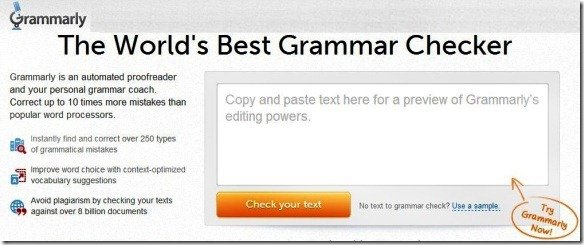

When Spelling and Grammar Check is finished, in the dialog box that appears, click OK. Ignores all occurrences of the highlighted error.Ĭhanges the error to the selected suggestion. Using the dialog box option is a little more time-consuming, but you have more options for correcting grammatical errors. Opens the Spelling and Grammar dialog box. Using the Quick menu to access correction options allows you to manage grammar mistakes quickly and easily.Ĭhanges the highlighted error to the suggested correction. If an error has no clear solution, Word displays the grammatical rule being violated. You can correct mistakes through the Quick menu or through a dialog box. When Grammar Check finds a sentence that appears to have improper grammar, the possible error will be underlined with a wavy green line. To exit the Spelling and Grammar dialog box, click Cancel. NOTE: The option is selected if a checkmark appears in front of it.

To activate Automatic Grammar Check, select Check grammar. To deactivate Automatic Grammar Check, deselect Check grammar. The Spelling and Grammar dialog box appears only if Word detects spelling or grammar errors. The Spelling and Grammar dialog box appears. You can also grammar check a document after you are finished typing.įrom the Tools menu, select Spelling and Grammar. When you turn this feature off, Grammar Check will not run as you work on your document. Activating & Deactivating Automatic Grammar Checkīy default, Grammar Check is on whenever Word is open. For more information, refer to Office 2007: Working with Spell Check. Grammar can be checked simultaneously with spelling.

Grammar Check can be useful in preventing embarrassing mistakes, but be aware that Grammar Check is not always right. Grammar Check is a feature that checks for grammatical mistakes in a document. This article is based on legacy software. (Legacy) Microsoft Word 2007: Using Grammar Check Mac


 0 kommentar(er)
0 kommentar(er)
